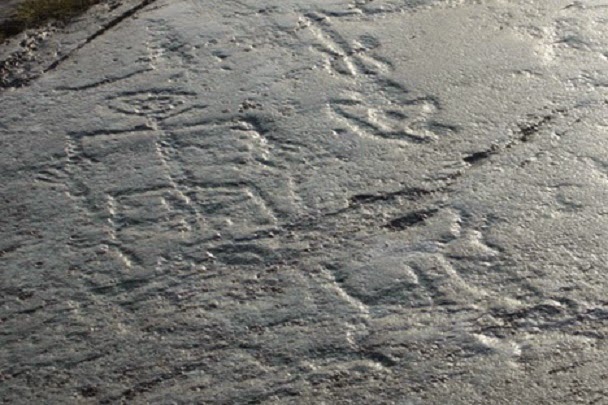Merry Wanderer of the Night:
LIFE
Feel free to link retroactively too!

Vamos!

The Bulldogs (based on an underground comic-book)

Happy blog birthday to me, happy blog birthday to me!

Near East: Greek Byzantine monastery restoration nears end

North America: Artifacts at risk as Black Warrior River erodes soil at Moundville

Life on the Moon
India: Rock paintings at risk of fading away

Heritage: Petroglyphs in north Russia covered with glass dome

Mini-Reviews: May B. by Caroline Starr Rose & Green River Killer by Jeff Jensen
Review: Don't Breathe a Word by Holly Cupala
Skyscraper under an inclination
Bouquet on a finger
Memory Monday — What to do when your child is a brat-
Home builder in Sydney
A variety of towels in our life

Memory Monday — Twisted Summer
Important update — Guess what's changing?!
Why Monday, December 5th was THE greatest day of my LIFE
Hotel of new type in Amsterdam




